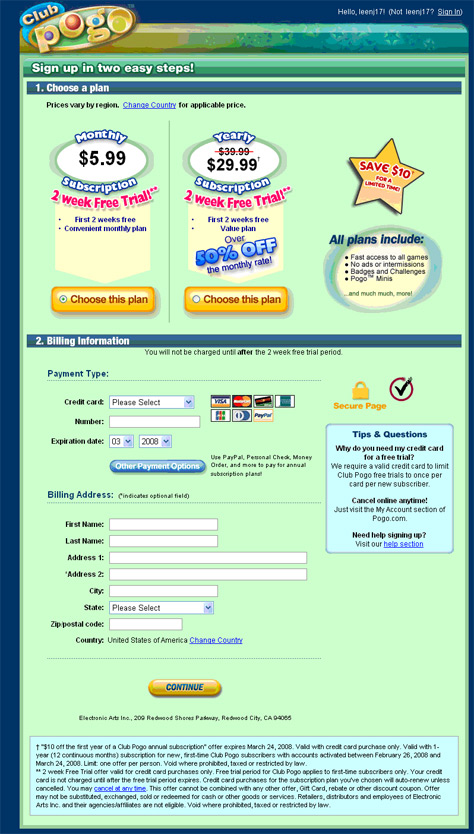Persuasion and Manipulation—Loosely Defined
The Merriam-Webster online dictionary defines persuade as “to move by argument, entreaty, or expostulation to a belief, position, or course of action.” Most academic definitions I have encountered are fairly similar. As this definition states, the means of persuasion are “argument, entreaty, or expostulation,” which implies the persuader is not using other techniques such as force to “move” the user. It hints at a fairly equal relationship between the persuader and the user.
The same dictionary defines manipulate as “to control or play upon by artful, unfair, or insidious means especially to one's own advantage” or “to change by artful or unfair means so as to serve one's purpose.” This definition implies the motives of the manipulator are selfish, the techniques may be dishonest, and the manipulator may have some degree of control or power over the user.
A Note About Persuasive Technology
When dealing with content, we usually are dealing with some form of argument, so the typical definition of persuasion largely applies. However, it is important to acknowledge B.J. Fogg’s significant expansion of the definition for the digital age. In Persuasive Technology, Fogg defines persuasion more broadly as “the attempt to change attitudes or behaviors or both.” Notice this definition does not specify the technique for the attempt, so technology rather than argument can be the means. Consequently, according to this broader definition, the concept of persuasion loses some of its egalitarian implications, Therefore, Fogg outlines ethics for persuasive technology to compensate.
Digging into the Differences
These definitions highlight some key differences between persuasion and manipulation. Let’s examine them more closely.
Motivation
Dave Lakhani, author of Persuasion: The Art of Getting What You Want and the blog How to Persuade, identifies intent as the primary distinction between persuasion and manipulation. He explains in a recent blog post entitled “The Semantics of Persuasion” that manipulation is “inwardly focused on what you can get another person to do for you regardless of the outcome for them.” Persuasion involves concern for your own interests and the user’s interests. In other words, a persuasive situation is win-win, while a manipulative situation is potentially win-lose. For example, if your company has a useful product or service to sell, by persuading a user to buy it, your company makes money and the user benefits from the product or service. Convincing users to buy products and services that a company knows don’t work or don’t live up to their promises enters the realm of manipulation. Other examples of manipulation include convincing users to do something at their own peril—such as taking on a payment they can’t afford or a long service contract they can’t break. If whatever a company convinces users to do benefits only the company, not the users, the company is probably manipulating users.
User Choice
While intent is certainly a key difference between persuasion and manipulation, it’s not the only difference. Another distinction is user choice. Though Lakhani does not explicitly mention choice in his blog post, “The Semantics of Persuasion,” he does note that in a persuasive situation, people have “…raised their hand and asked to be moved from one place (confusion, ambiguity) to another (new homeowner, member of your church).” For example, when users visit a Web site to research a product, they are asking to be moved to a new product. When users opt in to your email newsletter, they also are asking to be moved. In a manipulative situation, users have not necessarily asked and don’t particularly want to be moved. For instance, in the Tagged.com example Joe Lamantia described in his recent ethics article on UXmatters, the company invaded users’ personal information. Tagged.com unscrupulously sent invitations to users’ contacts without consent from the users or their contacts.
User Control
Related to choice, I see user control as a dissimilarity between persuasion and manipulation. In a persuasive situation, a user can accept more or less of the persuasion, as desired. For instance, a user shopping for a product can choose to view the basic information or to delve into more details such as comparisons to other products or customer testimonials. At any time, the user can stop exploring the details. In a more manipulative situation, the user does not have as much control. Disruptive popup windows or layer ads the user doesn’t choose to view border on manipulation. Also, any technique that tries to trap the user into viewing or listening to certain content—such as disabling the Back button or automatically playing a video—can be manipulation.
Additionally, in a persuasive situation, a user has all of the information he or she needs to provide the appropriate response to an attempt to persuade. As shown in Figure 1, the Club Pogo signup form provides all the information a user needs to decide whether to become a member—benefits, price, terms, links to more details, and so on. However, in a more manipulative situation, a Web site might withhold, hide, or misrepresent essential information, so the user is not truly in control. Not informing users that their credit cards will be charged when a free trial expires would be an example of manipulation. Simply put, a persuasive situation lets users make an informed decision. A manipulative one does not.

